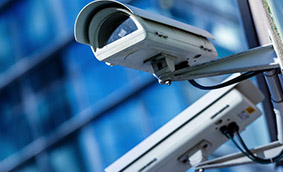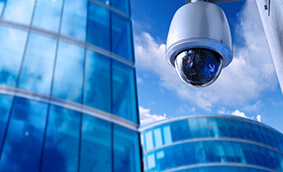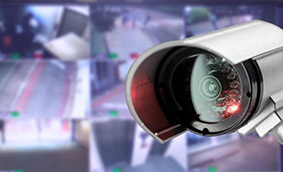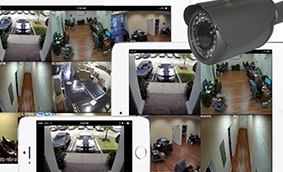- Have any questions?
- info@cuttingedge.com.pk
CCTV
Closed-circuit television (CCTV), also known as video surveillance Is the use of video cameras to relay a signal over a limited set of monitors to a specific place. This differs from television broadcasting in that the signal is not transmitted freely, although it may use point-to-point (P2P), point-to-multipoint (P2MP), or wired or wireless mesh connections. Although nearly all video cameras fit this definition, the term is most commonly used in areas that may require monitoring such as banks, stores, and other areas where security is needed. Although videotelephony is rarely referred to as' CCTV,' one exception is the use of video in distance education, where it is an important instrument.Public surveillance using CCTV is popular in many areas around the globe. In recent years, the use of body mounted video cameras was introduced as a new form of surveillance, often used in law enforcement, with cameras placed on the chest or head of a police officer.Video surveillance has created considerable debate about balancing its use with the right to privacy of individuals, even when they are in public.CCTV systems can be used in industrial plants to monitor aspects of a process from a central control area, for example when the atmosphere isn't safe for humans. CCTV systems can operate continuously or only to track a particular event as needed. A more advanced form of CCTV, using Digital Video Recorders (DVRs), provides recording with a variety of quality and performance options and additional features (such as motion detection and email alerts) for possible many years. More recently, decentralized IP cameras, probably fitted with megapixel sensors, allow direct recording of storage devices connected to the network, or internal flash for completely stand-alone service.As of 2016 there are around 350 million surveillance cameras worldwide. Approximately 65 per cent of these cameras are in Asia. In recent years CCTV's growth has been slowing.




